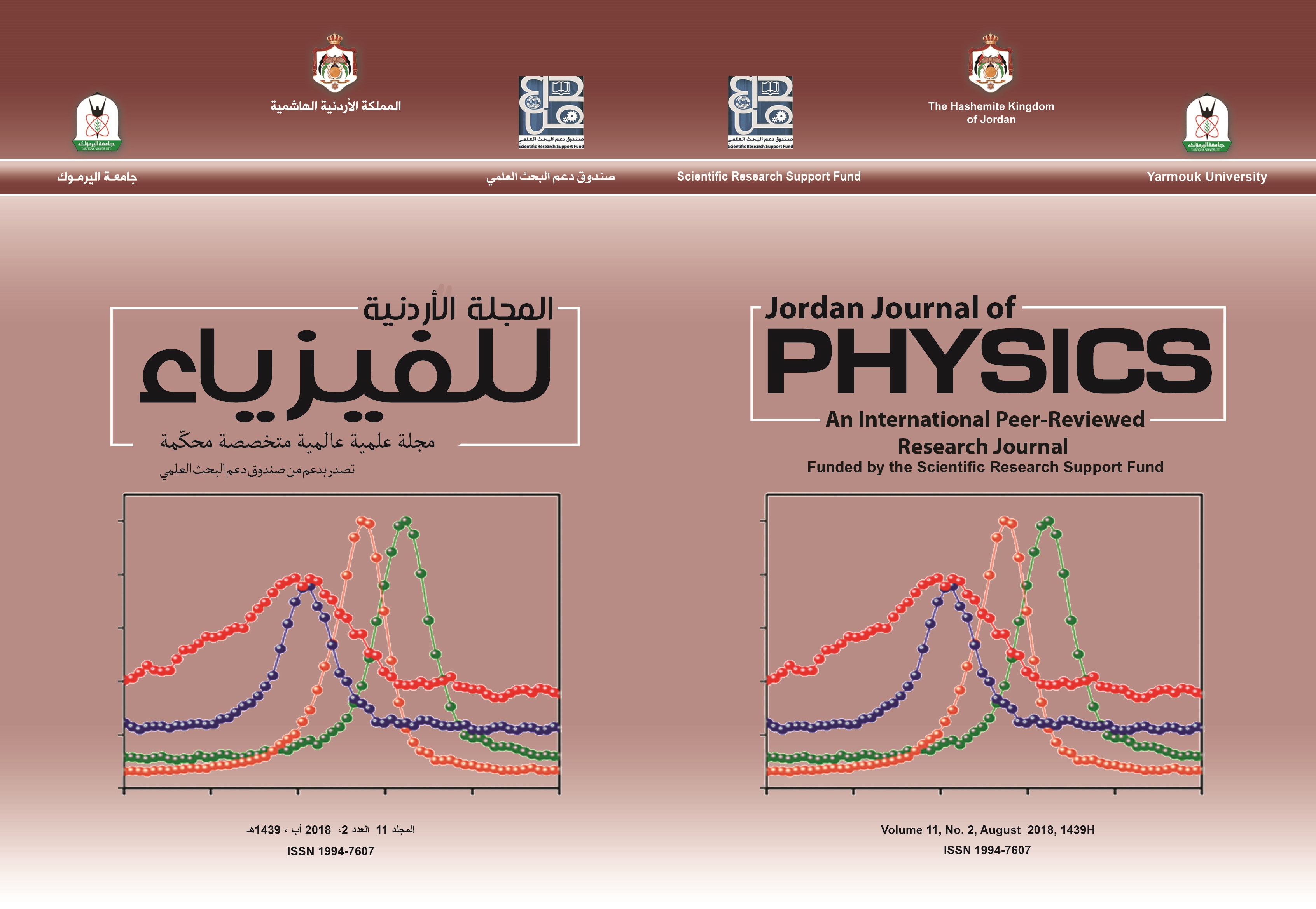Optical Properties of Chemically Synthesized Cadmium Sulphide for Solar Cells Application
Abstract
This paper presents the optical properties of chemically synthesized cadmium sulphide for solar cells application. CdS nano-particles were synthesized with chemical route method using cadmium sulphate as cadmium ion source and thiourea as sulphide ion source. The prepared CdS nano particles were characterized with XRD and SEM. Then, the prepared CdS was deposited on well cleaned glass substrate by thermal evaporation technique to obtain the film of 100 nm thick. The film was optically characterized with UV-Visible spectrophotometer and FTIR Spectrometer. The peaks at 43° and 52° indicates that the nano-particles contain a mixture of hexagonal (wurtzite) and cubic (zincblende) structures which confirmed the greenockite and the Hawleyite phases of CdS. The optical analyses showed high optical transmittance of 90 % at 658 nm, reflectance of 47.76 % at 488 nm and the absorbance of 0.165 A.U at 400 nm wavelengths. The optical energy band gap of 2.42 eV was also deduced for the film from Tauc’s plot. The Fourier Transform Infrared Radiation showed different peaks that indicates the stretching and vibrations of O-H, CH3, C-O and C-H of CdS against their respective wave numbers. The prepared CdS can be employed as a window layer for the fabrication of CdS/CdTe thin film solar cells.
Keywords: SEM, XRD, CdS, UV-Visible Spectrophotometer.
PACS: 42, 81.


